Inside: Social-emotional learning in early childhood is a strong predictor of future success as an adult. Perhaps even more than high test scores! But what IS it? Sponsored by Playing Forward.
Social-emotional learning seems to be a buzzword these days. I don’t know about you, but I’ve seen the terms social-emotional learning, social-emotional development, and social-emotional skills so much in the media that I started wondering what all the talk was about.
What does social-emotional learning even mean? Is it something I should be doing with my child? Was I missing something?
What is Social-Emotional Learning?
Social-emotional learning is a bit of a complicated-sounding term, but the concept is actually fairly simple.
Social-emotional learning focuses on teaching children how to understand and manage their own emotions, as well as understand and empathize with the feelings of others.
It doesn’t sound too exciting, but social-emotional learning is more important that you might think.
Why Social-Emotional Learning Matters
What if I told you that encouraging social-emotional learning for your child in their early years would make them more likely to earn a college degree? Or embark on a meaningful career? Or even stay out of trouble with the law?
You’d probably want to know about it and how to make sure that your child is getting it!
Our educational system tends to put most of the emphasis and resources towards academics, as if good grades and high test scores are the one key to success.
Believe it or not, the development of social-emotional skills in early childhood is a strong predictor of future success as an adult. Perhaps even more so than high test scores!
How to Foster Social-Emotional Development in Your Child
The good news is that you don’t need special training to promote social-emotional development with your child. In fact, you’re probably already doing a lot of the right things without even knowing it!
According to Psychology Today, there are five ways YOU can promote social-emotional learning at home:
1. Be a Positive Emotional Role Model for Your Child
YOU are your child’s number one influence, and they watch everything you do (even if you think they’re not looking).
However, being a positive emotional role model doesn’t mean that you have to fake being happy all the time. On the contrary, kids need to see you deal with negative circumstances and emotions in a constructive way.
One time my oldest daughter overheard my husband and I having a discussion where we each had a different opinion on the issue. I can’t even remember what because it was fairly inconsequential, but to a child, any time their parents disagree seems like a big deal.
Later my oldest daughter asked, “were you and Daddy fighting?”
“Even though I love your dad very much, he is his own person with his own opinions, and sometimes they’re different than mine,” I explained. “We did disagree initially, but we talked it out. The most important thing when you’re married is learning how to compromise and work together.”
Instead of pretending that nothing happened at all, I was honest with my daughter. In showing my daughter how to constructively manage a situation where my opinion differed from someone else’s, I showed her a realistic relationship example, as well as a positive resolution.
2. Don’t Stifle Your Child’s Emotions
When your child is upset, sometimes our first instinct is to tell them to “calm down” or stop expressing negative emotions.
However, kids can’t learn to properly manage their emotions if their not allowed to feel them in the first place.
Whether good, bad, or anything in between, encourage your child to express to you exactly how they’re feeling throughout the day. Give them words to describe those different emotions so they can recognize them when they arise in the future.
TIP: An emotion wheel is a helpful tool for identifying and labeling feelings.
Finally, help your child learn ways to cope with those emotions so that they can move forward. Setting a positive example for your child (as discussed in the previous section) is one of the best ways to do so.
3. Read Books that Discuss Social-Emotional Topics
Children learn about new and different emotions by reading about the characters. Children learn empathy by connecting to the characters in the story.
My girls love to read books, but they also love to play apps and games on our family iPad. That’s why I was excited to learn about the storytelling apps from Playing Forward, like Lizzy’s World, which seemed perfect for my young daughters. I thought this could be another way to reach them and teach positive social-emotional skills without it seeming like a “lesson.”
I downloaded the Lizzy’s World app and decided to test it out on my own first. (I always think it’s a good idea to try out kids apps beforehand to make sure that they really are appropriate).
My four-year-old heard the narrator’s voice and music and immediately ran over to investigate. Before I knew it, she had taken the reins, so to speak, and we were running around the house following Lizzy on her first day of school!
Lizzy’s World is adapted from a popular new books series for kids and can be experienced two ways: as a 3D read-aloud bedtime story, or as an interactive Augmented Reality adventure.
With the augmented reality feature, the story literally comes to life right in your living room! As you turn each “page,” new props and characters appear. They stand on your floor, they sit on your chairs — you can even walk all the way around them!
My daughter shrieked with laughter when the school cafeteria materialized in our kitchen…
…and when a flock of Lizzy’s animal friends lined up in front of our microwave:
As Lizzy navigates her first day of school, you and your child are there with her. Lizzy experiences a wide range of emotions as she adjusts to a brand new situation in life. However, once at school, Lizzy discovers the wonders of math, science, reading, and art. She makes new friends and decides that school isn’t so scary after all…in fact, it’s pretty cool!
My daughter starts kindergarten next Fall and she’s very aware of this upcoming milestone towards officially becoming a “big kid.” Of course my daughter is proud of growing up, but she’s also nervous about being away from mommy and daddy all day. I know this because she told me a couple weeks ago (and my heart about melted).
Relatable stories help children make connections between their own life and a story character who is experiencing a similar situation. When that character reaches a positive resolution, it gives your child reassurance as well as demonstrating effective ways to deal with their own similar issue.
Different children learn in different ways, so if sitting still to read an entire book doesn’t always work, Augmented Reality apps from Playing Forward may be just the ticket!
Playing Forward’s name comes from the fact that the company is “playing it forward” to give every child the very best shot at a happy childhood and a successful adulthood. Their apps are designed after extensive research in social-emotional development as well as extensive beta testing in 18 classrooms across the United States and Canada.
- Click here to download Lizzy’s World and keep reading to learn how to enter to win an amazing STEAM-powered weekend in Manhattan, courtesy of Playing Forward!
4. Let Children Make Choices
No one likes to be told what to do ALL the time, and that’s not a healthy situation, even for children.
Whenever possible, allow children make decisions in their own life. For example, there’s no reason why a child can’t pick out their own clothing for the day. It’s not a decision with any real consequences, but it can make a child feel important. It can also help them develop a sense of self and explore their likes and dislikes.
5. Practice Positive Discipline
They might tell you otherwise if you ask, but kids thrive on structure. Clear rules and firm, fair discipline provide a sense of security for children because they know what is expected of them.
Positive discipline involves recognizing when kids make good choices just as much as correcting them when they break the rules.
Taking the time to acknowledge when your child makes an effort to do the right thing lets them know that you’re paying attention and their efforts weren’t wasted. They’ll be more likely to make those choices again.
Conclusion: It’s All About Communication
Whether it’s by sitting down with your child and asking about their day, or by connecting over interactive stories like Lizzy’s World from Playing Forward, communication is the core of social-emotional learning.
The buzzwords might change over the years, but good parenting doesn’t.
Be present with your children when you’re with them, listen to what they have to say, and model the behavior you want them to learn.
It really is that simple.
Enter to win an amazing STEAM-powered weekend in Manhattan from Playing Forward
To celebrate the launch of Lizzy’s World and all of their new interactive apps, Playing Forward is giving away a whirlwind STEAM-powered weekend of play and exploration in Manhattan to one lucky family!
- Grand Prize — The Grand Prize includes air transportation, a two night hotel stay, a Visa gift card to cover meals, and personalized experiences at two of Manhattan’s most unique museums – the Natural History Museum & the Children’s Museum of the Arts.
- Runner-Up — One runner-up will win an iPad, perfect for experiencing all of the Playing Forward apps!
Click here for more details and to enter!
Disclaimer: This post and contest are sponsored by Playing Forward; however, opinions are my own.
You might also like:
“Time to Yourself” – An Alternative to Time Out
6 Things that Surprised me About Huntington Learning Center
- Paper Chain Octopus Craft - April 24, 2024
- Amish Sugar Cookies - April 19, 2024
- Marshmallow Playdough - April 18, 2024

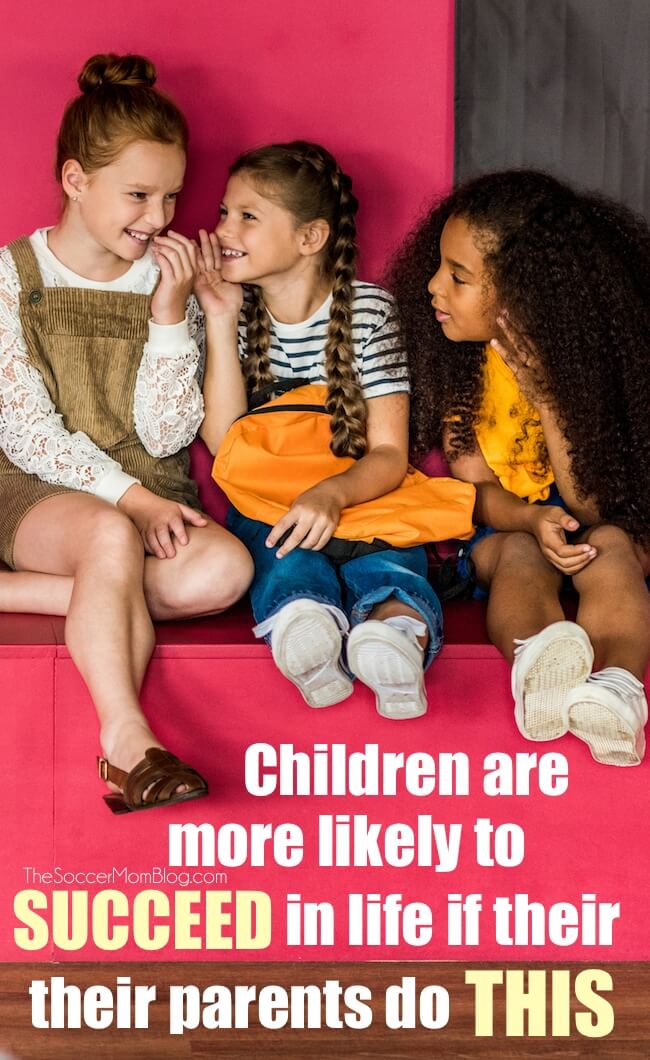
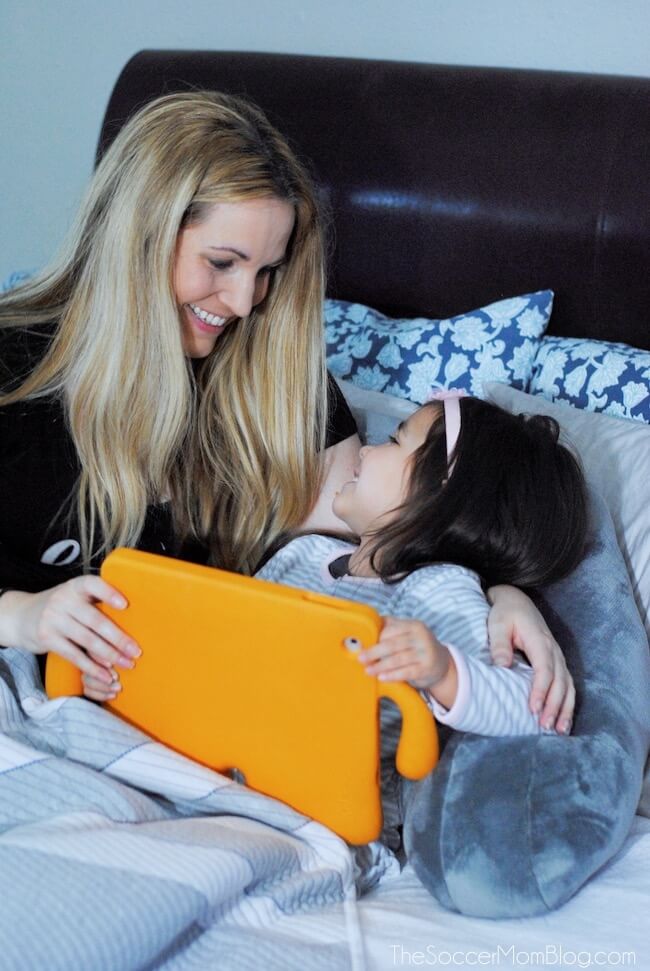
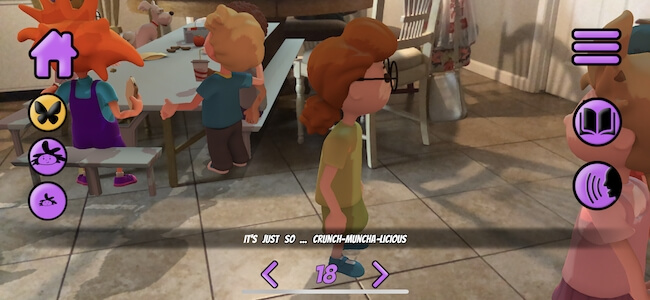
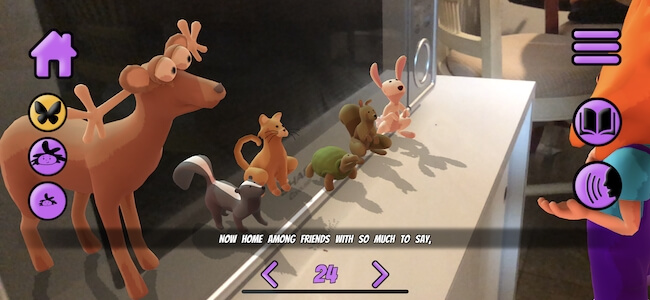
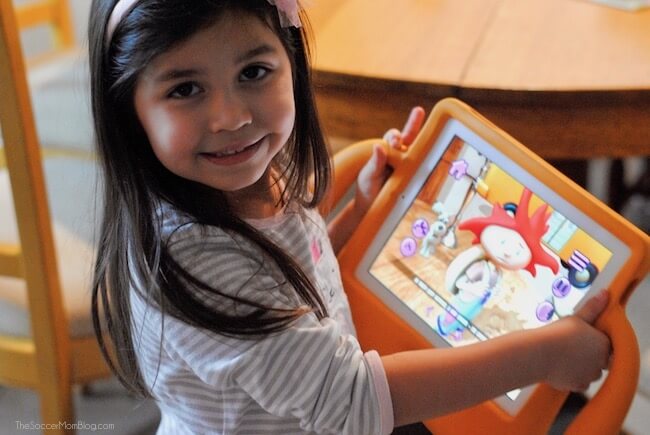

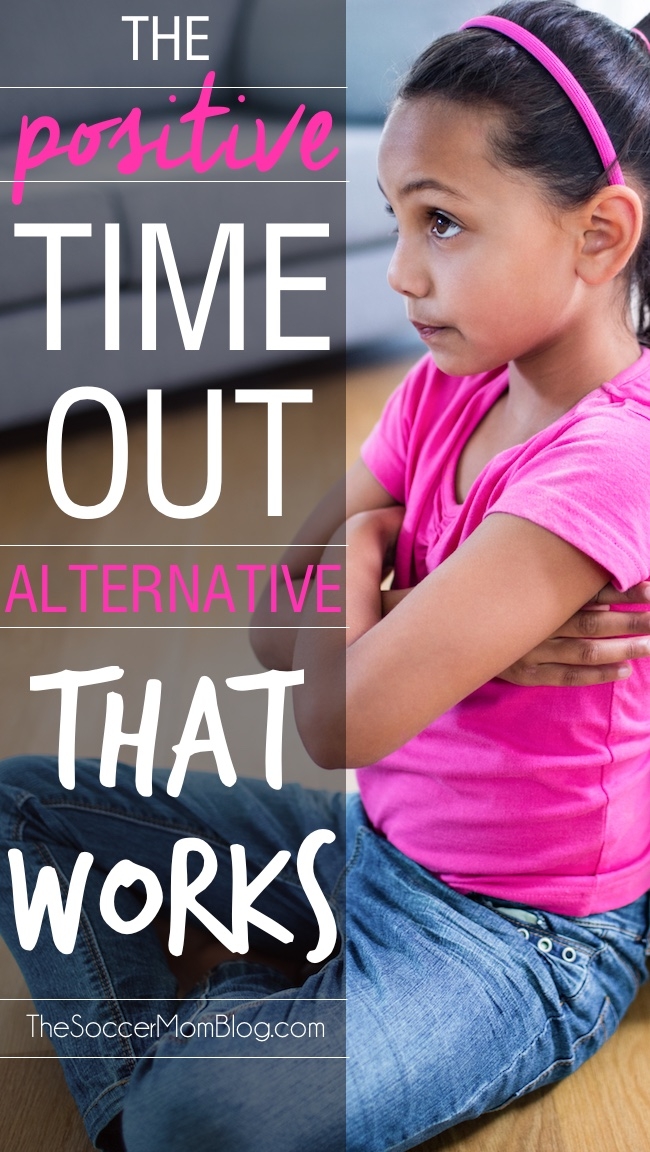
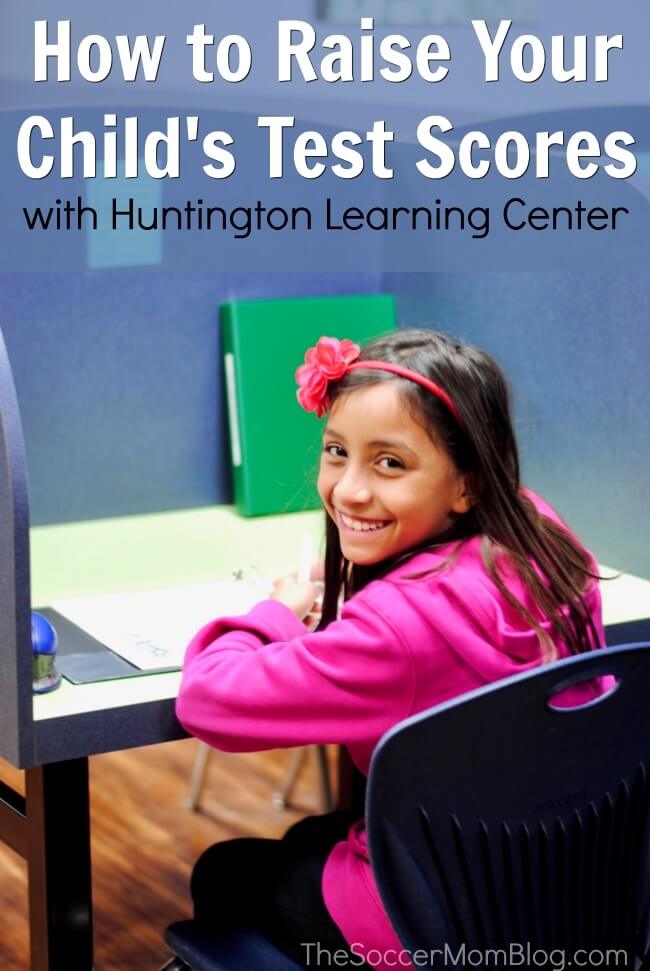
Leave a Reply